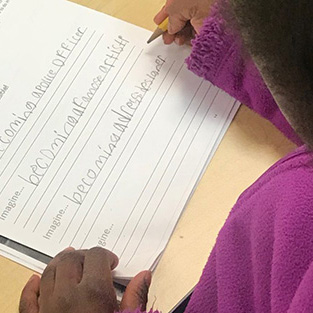
Blog
Supporting the Mental Health of our Children
Every child has a story—a story that is aching to be told. Given the chance to tell it, a child feels better, and then they are given the opportunity to Imagine new possibilities in it’s place. When we speak our truth—when a child speaks their truth—their hearts feel heard and healing happens.




